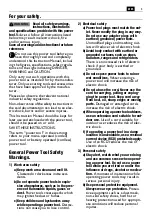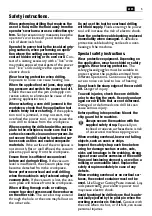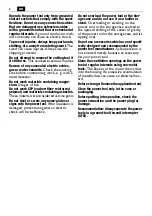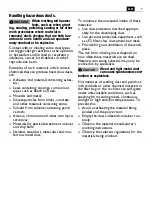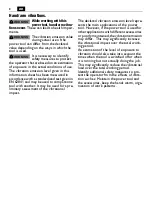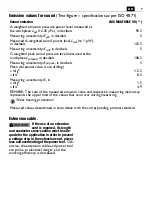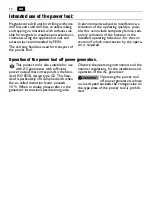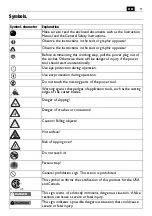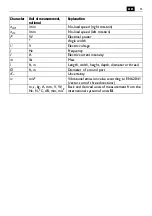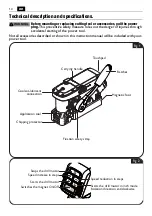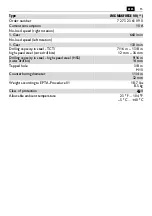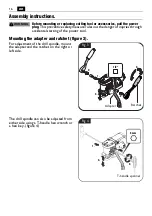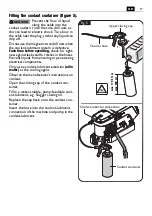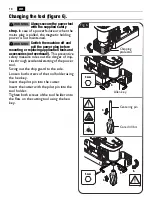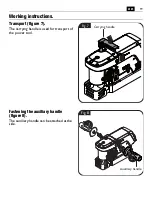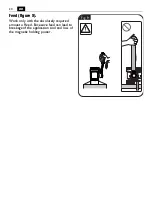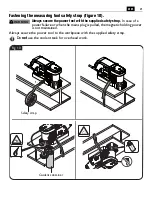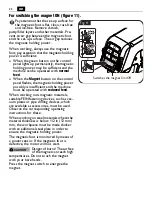
7
en
Handling hazardous dusts.
When working with power
tools, such as when grind-
ing, sanding, polishing, sawing or for other
work procedures where material is
removed, dusts develop that are both haz-
ardous to one’s health and can spontane-
ously combust or be explosive.
Contact with or inhaling some dust types
can trigger allergic reactions to the operator
or bystanders and/or lead to respiratory
infections, cancer, birth defects or other
reproductive harm.
Examples of such materials which contain
chemicals that can produce hazardous dusts,
are:
–
Asbestos and materials containing asbes-
tos;
–
Lead-containing coatings, some wood
types such as beech and oak;
–
Minerals and metal;
–
Silicate particles from bricks, concrete
and other materials containing stone;
–
Solvent from solvent-containing paint/
varnish;
–
Arsenic, chromium and other wood pre-
servatives;
–
Materials for pesticide treatment on boat
and ship hulls;
–
Stainless steel dust, metal dust and non-
ferrous metal dust;
To minimize the unwanted intake of these
materials:
–
Use dust extraction matched appropri-
ately for the developing dust.
–
Use personal protective equipment, such
as a P2 filter-class dust protection mask.
–
Provide for good ventilation of the work-
place.
The risk from inhaling dusts depends on
how often these materials are worked.
Materials containing asbestos may only be
worked on by specialists.
Wood and light-metal dust
can cause spontaneous com-
bustion or explosions.
Hot mixtures of sanding dust and paint/var-
nish residuals or other chemical materials in
the filter bag or the vac filter can self-ignite
under unfavourable conditions, such as
sparking from sanding metal, continuous
sunlight or high ambient temperatures. To
prevent this:
–
Avoid overheating the material being
sanded and the power tool.
–
Empty the dust collector/container rou-
tinely.
–
Observe the material manufacturer’s
working instructions.
–
Observe the relevant regulations for the
materials being worked.
WARNING
CAUTION



